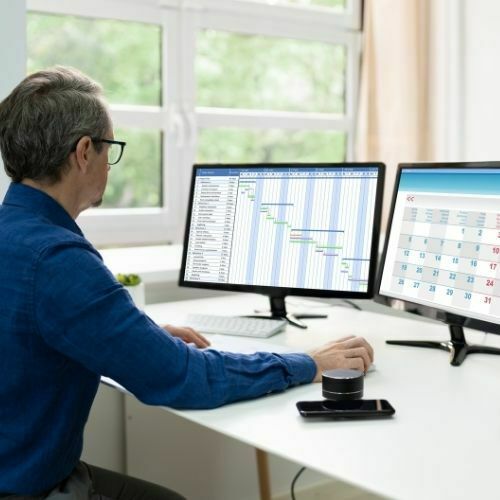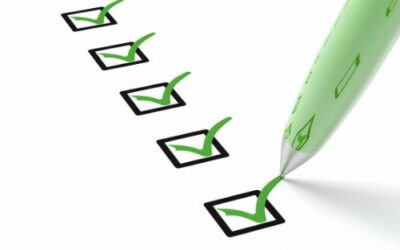
An asset register gives your business significantly more visibility over your asset related operations. In the past, spreadsheets were the best way to manage and maintain a record of assets, but this is no longer the case.
Therefore, the easiest way to manage an asset register is through the use of asset tracking software. Asset tracking software gives you the ability to monitor your critical asset details, data, and movements.
Why Your Business Needs An Asset Register
An asset register prevents a wide range of risks, including asset losses, ghost and zombie assets, and an overall lack of accountability.
Without a record of who is using, interacting with, and controlling what, asset losses are an inevitability. In this sense, using a spreadsheet isn’t sufficient as fluid solutions are needed to address gaps in accountability, which spreadsheets are far from.
Having a robust record of where your assets are, who is using them, and how well they’re performing gives you more control over your budgets and timelines, however.
An asset register, therefore, is necessary, but only a fluid system will fulfil modern business needs.
What To Record On Your Asset Tracking Software
The next obvious question is what should you record on your asset tracking software? The specifics may vary between customers, but the overall need remains the same.
You’ll need to track fixed assets, track IT assets, and manage any tools and equipment that are critical to your business’ operations. The best thing about fluid software is that you can share your asset usage between departments and track IT assets in tandem with and separate from other fixed assets.
Overall, anything that has a high enough cost and is needed in your business is worth tracking. This is where you’ll find your return on investment – not only from assets that don’t go missing that otherwise would but also from preventing inefficiencies in your operations.
In other words, tracking your laptops not only gives you a robust record of usage but also helps you take that usage further, allowing you to extend an asset’s life and ensure your colleagues are getting the best out of it.
How To Manage Your Asset List
Through the use of asset tracking software, maintaining an asset register is simple. This is because you have complete control over whether or not you want to keep your asset operations central or decentralise them.
With streamlined user access, your colleagues onsite will be able to scan and interact with your assets, contributing to your overall audit reports and your overall data.
This gives you more information than a spreadsheet ever could without you needing to lift a finger! Furthermore, if you already have an asset list on your spreadsheet, you can simply import that data into an asset tracking system with ease.
itemit’s Asset Management Software
itemit does all of this and more. With itemit, you can track your colleagues’ equipment bookings, manage a powerful asset register, and run streamlined and quick reports to pinpoint specific data trends.
The best way to manage an asset register is by using a system dedicated to that end. Not only is itemit built for asset management, but it’s also built from feedback from every industry, meaning there’ll be something in there to help your needs specifically.
To find out more about how itemit can help your business, you can contact the friendly team at team@itemit.com. You can also fill in the form below to start your 14-day free trial.

Try itemit
Choose a better way to track
your assets.
Start your free 14-day trial now!

Keep Learning
itemit Blog
Tips, guides, industry best practices, and news.
Why Having An Accurate Asset Register Is Important
Why is having an accurate asset register so important and how can it help with equipment tracking? Read this post now to find out!
What To Include In Your Fixed Asset Register
What should you include in your fixed asset register and how can you make it work for you? Read this post now to find out!
What Exactly Is An Asset register?
What exactly is an asset register and will your chosen asset register format offer you everything you need? Read this post to find out!




